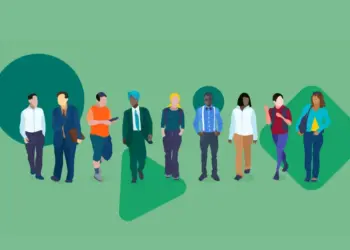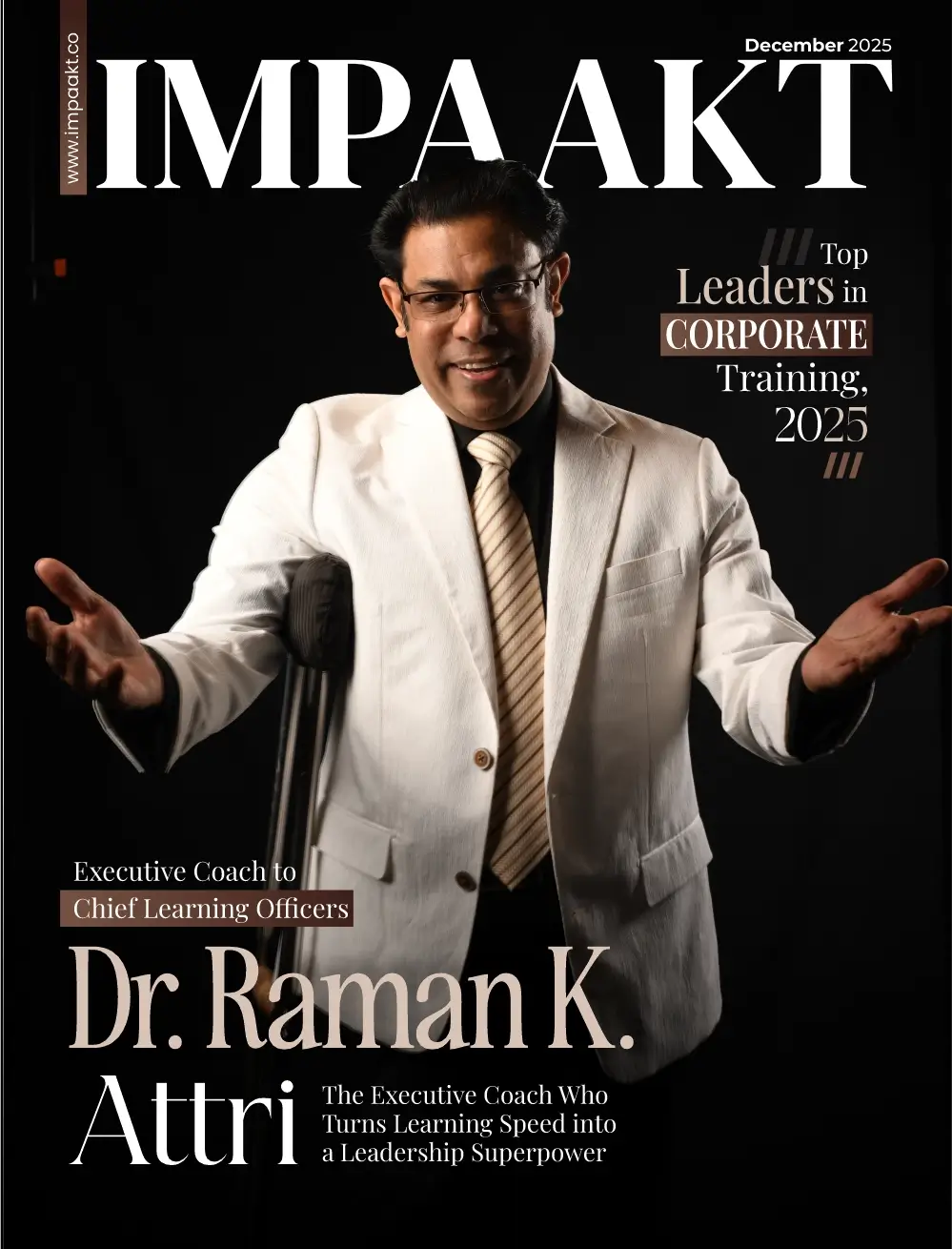Introduction: The Rise of AI in Journalism
From breaking news alerts to personalized article recommendations, AI in journalism is no longer a futuristic concept—it’s the present reality. As artificial intelligence tools become more sophisticated, newsrooms across the globe are integrating them to streamline workflows, boost efficiency, and navigate the rapidly changing media landscape.
With the growing role of AI in reporting, editing, and even publishing, it’s vital to examine what this technological shift means for the future of journalism—including ethical challenges, job displacement, and the evolving relationship between human journalists and machines.
How AI in Journalism Is Transforming Newsrooms
Modern newsrooms are increasingly adopting AI journalism tools to automate tasks that were once manual and time-consuming. These include:
-
Automated content generation for sports, finance, and weather updates
-
Transcription and translation of interviews
-
Real-time fact-checking and content tagging
-
Sentiment analysis for public opinion monitoring
The emergence of robot journalism, where AI generates data-driven reports with minimal human intervention, has enabled media outlets to publish more content with fewer resources. Companies like The Associated Press and Reuters already use these tools to produce thousands of articles annually.
The Benefits of AI Journalism Tools
Adopting AI in journalism offers tangible advantages:
-
Speed and scale: AI can process data and generate stories much faster than humans.
-
Cost efficiency: Automating repetitive tasks allows newsrooms to allocate resources to in-depth investigations.
-
Personalization: Machine learning helps tailor news recommendations to user preferences.
-
Accuracy and consistency: AI reduces human error in reporting structured data.
Despite these benefits, human oversight remains essential to maintain nuance, editorial judgment, and ethical considerations.
Challenges at the Intersection of Journalism and AI
While AI brings powerful capabilities, it also raises serious concerns. At the heart of journalism and AI debates are issues such as:
-
Bias in algorithms: AI systems may inherit and amplify societal biases present in training data.
-
Transparency: Audiences may struggle to discern whether content was created by humans or machines.
-
Job displacement: As automation increases, journalists fear losing roles to AI-powered alternatives.
-
Ethical dilemmas: How should AI-generated stories be attributed? Who is accountable for errors?
Many believe that instead of replacing journalists, AI should be seen as an assistant that enhances human capabilities.
AI and the Future of Journalism Education
As the future of journalism evolves, so must journalism education. Schools and training programs are beginning to incorporate data literacy, coding, and AI ethics into their curricula. The journalists of tomorrow must understand both the potential and pitfalls of using AI as a tool in the newsroom.
Moreover, newsroom leaders must foster a culture of adaptability and transparency to ensure AI is used responsibly and aligns with journalistic values.
AI in Journalism Meets Social Media
The intersection of artificial intelligence, social media, and journalism is where content delivery is being redefined. AI algorithms curate trending stories, detect misinformation, and manage comments across platforms like Twitter, Facebook, and Instagram.
Media companies are also using AI-powered tools to analyze audience engagement and optimize their social strategies. As a result, AI in journalism isn’t just about creating content—it’s about delivering it more intelligently and interactively.
Robot Journalism: Help or Harm?
Robot journalism—the use of AI to autonomously generate news stories—has sparked polarizing opinions. While some hail it as a breakthrough for productivity and real-time reporting, others worry it could dilute journalistic integrity or lead to generic, formulaic content.
There’s also the concern of deepfake videos and manipulated content appearing in newsfeeds, blurring the lines between reality and fabrication. Robust ethical frameworks and AI-literate journalists are key to countering these threats.
What the Future Holds for AI in Journalism
The future of journalism will likely see a hybrid model where humans and machines collaborate. Journalists will focus more on investigative reporting, interviews, and storytelling—areas where human insight is irreplaceable—while AI handles data-heavy or routine reporting.
In this evolving landscape, transparency about AI usage, strong editorial guidelines, and commitment to truth will be critical in building trust with audiences.
Conclusion: Human Truth in a Machine-Driven Age
As AI in journalism continues to reshape the media industry, its success will depend on how thoughtfully it is integrated. Embracing AI’s strengths without losing sight of journalistic principles is the key to creating a future where technology empowers truth, not undermines it.
Stay ahead of AI-driven innovation—read more thought leadership in the top business magazine, IMPAAKT.











